Since I’m supposed to be flying to St. Maarten today, this is a good time to show how to land there. It’s quite an experience. Princess Julianna International Airport serves the Caribbean island officially split between the Dutch side (Sint Maarten) and the French side (Saint Martin). It’s often called the most interesting airport landing in the world.
Back in 2016 we took a fantastic Caribbean cruise on Windstar cruise lines, beginning and ending at the port in Philipsburg, St. Maarten. In between, the Wind Surf, our 5-mast sailing ship, took us to Barbuda, Dominica, St. Lucia, Guadeloupe, St. Kitts, and St. Barths. It was an amazing trip. You can read previous posts by clicking here and scrolling down.
Upon our return to St. Maarten we decided to visit Maho Beach before heading to the airport for our flight home. Maho is a beautiful small beach whose sun and sand (and beachside bar) is second in famousness to its location at the foot of the major runway of the island’s airport. Often, sunbathers are outnumbered by budding photographers vying to take selfies as the commercial planes land over their shoulder. Like, right over your shoulder. People have occasionally been struck by landing gear, although admittedly only when stupid enough to stand on someone else’s shoulders to get a bit higher. But the fact is the planes come in low.
Equally dumb are the people who intentionally line up against the fence so they can say they got blown down by the blast of jets taking off a mere few dozen yards away. [Hint: The Danger sign is there for a purpose, as the families of those killed by jet-propelled stones can attest.] We took the incoming photos and videos from the beach but were wise enough to stand to the side to watch jets take off.
All of this reminiscing is somewhat bittersweet as, alas, we won’t be flying back into St. Maarten today after all. The new Windstar cruise we have been waiting months to enjoy was cancelled at the last moment due to engine trouble (given that this also is a sailing vessel, the irony is not lost on us that a mechanical problem killed the trip). This one was to take us from St. Maarten to the ABC islands (Aruba, Bonaire, Curacao), plus Cartagena (Colombia) and Panama. We’ll reschedule and likely do this trip at a future date, but this week we’ll instead be “enjoying” colder climes.
So far our science traveling schedule is open ended for 2020 pending some important professional decisions, but we have plenty of “big trip” options in mind. Stay tuned.
David J. Kent is an avid science traveler and the author of Lincoln: The Man Who Saved America, in Barnes and Noble stores now. His previous books include Tesla: The Wizard of Electricity and Edison: The Inventor of the Modern World and two specialty e-books: Nikola Tesla: Renewable Energy Ahead of Its Time and Abraham Lincoln and Nikola Tesla: Connected by Fate.
Check out my Goodreads author page. While you’re at it, “Like” my Facebook author page for more updates!



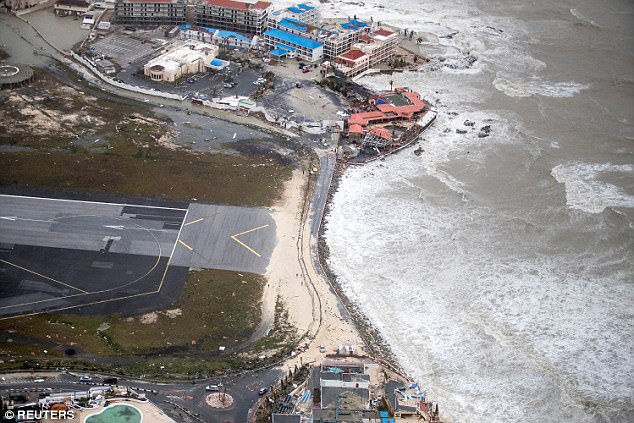

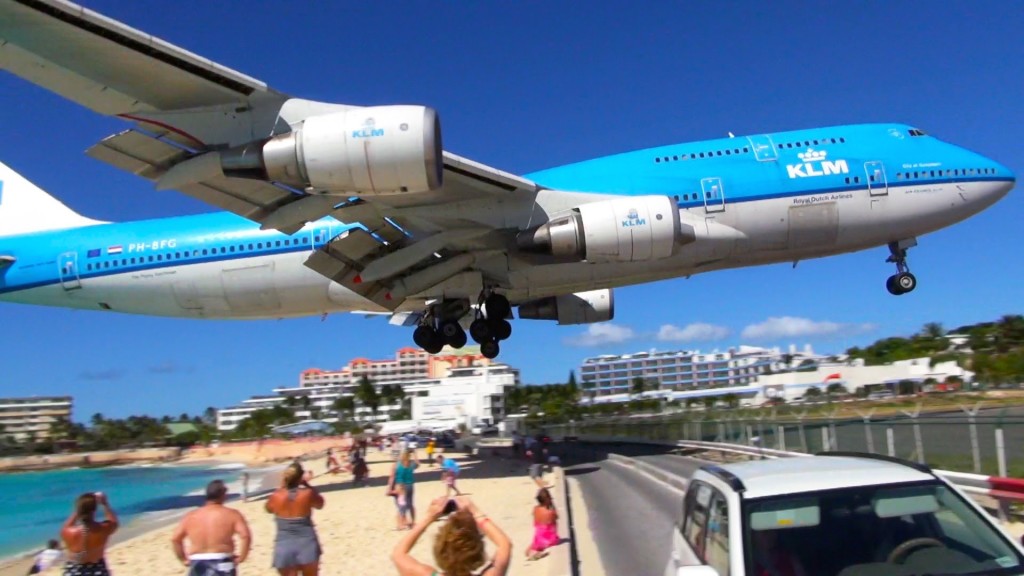
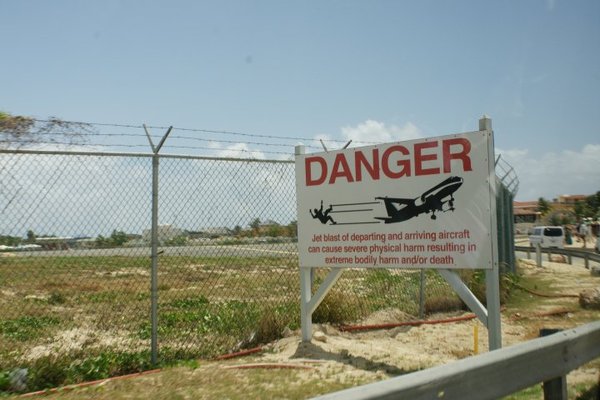
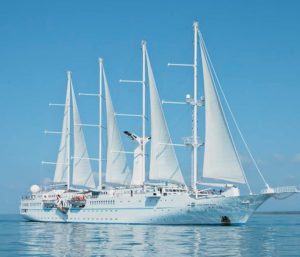 It seems my travel this year has been heavy on places starting with “C.” Soon I’ll add Caribbean Cruise on one of the
It seems my travel this year has been heavy on places starting with “C.” Soon I’ll add Caribbean Cruise on one of the 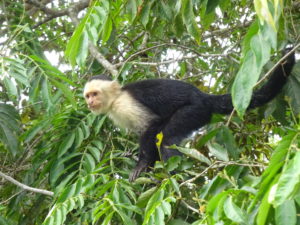 If I could briefly describe 2019 with respect to the year in science traveling it would be – Started with a “C.” Mostly this was in a good way, but unfortunately it also includes cancellation. While I still had a great traveling year, it didn’t go quite the way I expected.
If I could briefly describe 2019 with respect to the year in science traveling it would be – Started with a “C.” Mostly this was in a good way, but unfortunately it also includes cancellation. While I still had a great traveling year, it didn’t go quite the way I expected.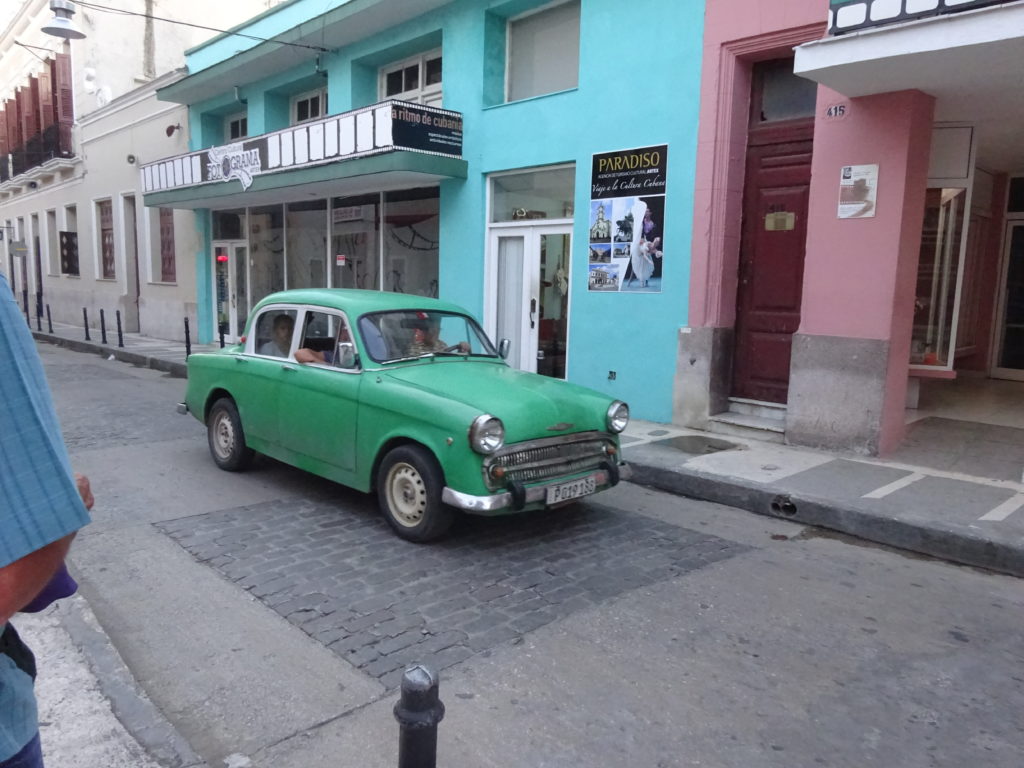
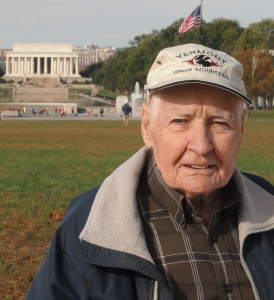
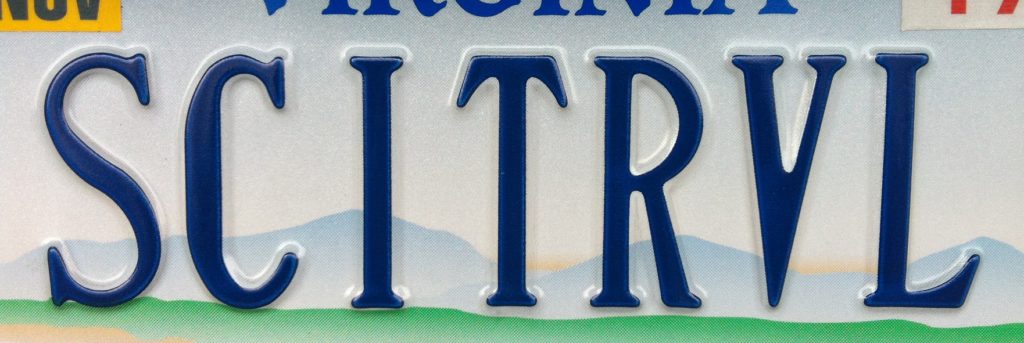 My third year of science traveling ended up being a lot different in execution than it was in design. Trips planned were dropped, trips not planned were added, and I was forced to work around an unforeseen distraction. And yet I still managed to hit several new countries, at least one new state, and enjoyed what most would consider a very good year in Science Traveling. I’m finished traveling for the year so it’s time for a quick recap.
My third year of science traveling ended up being a lot different in execution than it was in design. Trips planned were dropped, trips not planned were added, and I was forced to work around an unforeseen distraction. And yet I still managed to hit several new countries, at least one new state, and enjoyed what most would consider a very good year in Science Traveling. I’m finished traveling for the year so it’s time for a quick recap.
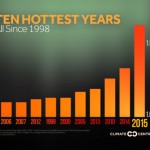
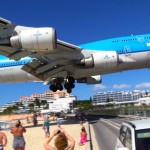
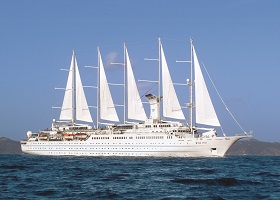

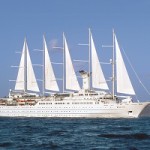 The only trip actually booked so far is a sailing cruise of the Caribbean in late January/early February. We’ll meet four Saints (Maarten, Kitts, Barthelemy, and Lucia), plus Barbuda, Guadaloupe, and Dominica. All while sailing point to point on a 535-foot sailboat.
The only trip actually booked so far is a sailing cruise of the Caribbean in late January/early February. We’ll meet four Saints (Maarten, Kitts, Barthelemy, and Lucia), plus Barbuda, Guadaloupe, and Dominica. All while sailing point to point on a 535-foot sailboat. Springfield, Illinois may see me twice this year. I have a scheduled trip there in September with the
Springfield, Illinois may see me twice this year. I have a scheduled trip there in September with the 






